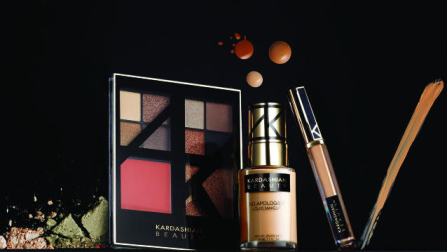September 6, 2016
Many of you have probably seen in the trades that the Kardashian sisters have sued one-time licensee, Haven Beauty, and won. The manufacturer was found guilty of not obtaining approvals on licensed products and then, to add insult to injury, failing to pay royalties on the sales of said unapproved product. All of which got me to thinking about protecting your trademarks and copyrights…

When I first launched Jenerosity Marketing, I paid a lawyer to help me registered the trademark around my company name and logo design.
My feeling was that if I was going to invest time, money and tons of energy into building my brand, I didn’t want to risk someone else coming and stealing it.
When a brand decides to get into the licensing field, as we all know, it is critical for them to protect their assets.
Assets could include anything ranging from logo treatments and characters to artwork and taglines as well as a wide variety of other elements.
And “protection” can include filing for trademarks, copyrights or even patents depending on the material being protected.
One of my favorite examples of a brand protecting its assets is Christian Louboutin.
Anyone who owns or has coveted a pair of these shoes is extremely familiar with the red soles found on the bottom of every pair.
But there have been a number of other shoe designers who have tried to copy this feature…
Another interesting example is Costco vs. Tiffany in which the warehouse club chain sold “Tiffany” diamond rings, claiming that the name referred to a generic ring setting.
But they ended up regretting that decision when the courts sided unequivocally with Tiffany…
One thing that is most important to keep in mind when licensing out your brand (or licensing in someone else’s) is that both parties are entering into a partnership and should behave as such.
The two companies should ideally be looking for situations where both parties win, the licensor from extending their brand into other categories and hopefully generating incremental revenue, and the licensee for the added value the licensed brand brings to their product.
When one of the partners decides to alter that balance, taking more than they are giving, that is when the problems arise.
As always, tell us what you think in the Comments below…
Business & Finance Articles on Business 2 Community(27)






